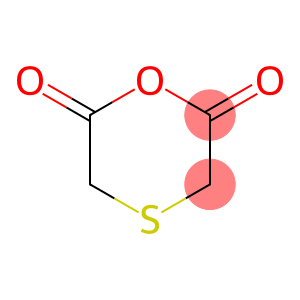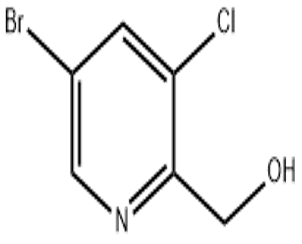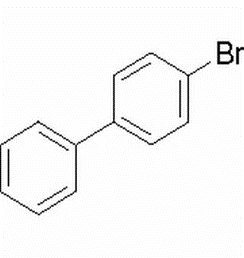Thiodiglycolic anhydride(CAS#3261-87-8)
| Risk Codes | R20/21/22 – Harmful by inhalation, in contact with skin and if swallowed. R34 – Causes burns R22 – Harmful if swallowed |
| Safety Description | S26 – In case of contact with eyes, rinse immediately with plenty of water and seek medical advice. S36/37/39 – Wear suitable protective clothing, gloves and eye/face protection. |
| UN IDs | 3261 |
| Hazard Note | Corrosive |
| Packing Group | III |
Introduction
The chemical formula is C6H8O4S, often called TDGA. The following is a description of its nature, use, preparation and safety information:
Nature:
Thiodiglycolic anhydride is a colorless to light yellow liquid with a pungent pungent odor. It can be dissolved in many organic solvents, such as alcohols, ethers and esters.
Use:
Thiodiglycolic anhydride is commonly used as a chemical reagent, mainly for the synthesis of chemicals and solvents. It is widely used in the fields of rubber, plastic and paint, and is often used in the preparation of catalysts, antioxidants and plasticizers.
Method:
Thiodiglycolic anhydride can be prepared by the reaction of sodium sulfur chloride (NaSCl), acetic anhydride (CH3CO2H) and trimethylamine (N(CH3)3). Specific reactions are as follows:
NaSCl CH3CO2H N(CH3)3 → C6H8O4S NaCl (CH3)3N-HCl
Safety Information:
Thiodiglycolic anhydride is irritating and can cause inflammation of the eyes and skin at high concentrations. Necessary protective measures should be taken during use, such as wearing gloves, goggles and protective clothing. At the same time, ensure that it is used in a well-ventilated place and avoid inhaling its vapor. In case of contact, flush with plenty of water and seek medical attention as soon as possible. During storage, the Thiodiglycolic anhydride should be kept in a sealed container, away from fire and oxidizing agents.








